

Articles
How To Store Vhs Tapes
Modified: December 7, 2023
Learn the best ways to store VHS tapes in this comprehensive collection of articles. Preserve your favorite memories and keep your tapes safe and organized.
(Many of the links in this article redirect to a specific reviewed product. Your purchase of these products through affiliate links helps to generate commission for Storables.com, at no extra cost. Learn more)
Introduction
VHS tapes were once a popular format for watching movies and recording cherished memories. However, as technology advances and digital media takes over, many people find themselves with a collection of VHS tapes that they aren’t sure how to properly store. If you’re one of those individuals, fret not! In this article, we’ll guide you through the process of storing your VHS tapes to ensure their longevity and keep your memories safe.
Before we delve into the specifics of storing VHS tapes, it’s important to understand why proper storage is crucial. VHS tapes are prone to degradation over time, and if not stored correctly, they can suffer from issues such as mold growth, warping, tape sticking, and loss of image and sound quality. By following the guidelines outlined in this article, you’ll be able to protect your VHS tapes and maintain their playback quality for years to come.
Key Takeaways:
- Preserve your VHS tapes by assessing, cleaning, and storing them properly. Protect against dust, moisture, and extreme temperatures to maintain playback quality and cherish your memories for years to come.
- Organize and maintain your VHS tape collection with labeling, cataloging, and regular inspections. By following these steps, you can ensure that your tapes remain playable and retain their original quality.
Read more: How To Store Cassette Tapes
Assess Your VHS Tape Collection
Before you start storing your VHS tapes, it’s essential to assess your collection to determine which tapes are worth preserving. Over time, VHS tapes can become damaged, degrade in quality, or simply become outdated. Sorting through your tapes will help you identify the ones with sentimental value or rare recordings that you want to keep.
Begin by inspecting the physical condition of each tape. Look for signs of wear and tear such as mold, dirt, or damage to the cassette shell. It’s also important to check the tape itself for any signs of degradation, such as wrinkles, warping, or stickiness. Tapes in poor condition may not be worth storing, as their playback quality may be compromised.
Next, consider the content of each tape. Are there any recordings that hold sentimental value, such as family videos or special events? Are there rare movies or documentaries that are not available in other formats? These tapes are worth preserving as they may hold irreplaceable memories or historical significance.
Additionally, evaluate the availability of the content on other platforms. If the movies or TV shows on your VHS tapes can be readily accessed through streaming services or DVDs, you may choose to prioritize storing tapes with unique content that can’t be found elsewhere.
By assessing your VHS tape collection, you’ll have a better understanding of which tapes to store and prioritize for preservation. This step will ensure that you’re optimizing your storage space for tapes that hold the most value to you.
Choose the Right Storage Space
When it comes to storing VHS tapes, it’s important to choose the right storage space to ensure their protection from dust, moisture, and temperature fluctuations. Here are some considerations to keep in mind:
1. Climate-controlled environment: VHS tapes are sensitive to extreme temperatures and humidity. It’s best to store them in a climate-controlled area, such as a dry basement or a room with stable temperature and humidity levels. Avoid storing them in areas prone to moisture, such as attics or basements with leak issues.
2. Keep away from direct sunlight: Exposure to sunlight can cause tapes to deteriorate quickly. Therefore, choose a storage space that is away from direct sunlight or cover the tapes with opaque containers or boxes to block the light.
3. Adequate ventilation: Proper air circulation is crucial to prevent the buildup of moisture and mold. Avoid storing tapes in airtight containers or in areas with poor ventilation. If you’re using boxes or containers, make sure they have ventilation holes.
4. Avoid magnetic fields: Keep VHS tapes away from strong magnetic fields, such as speakers or electronic devices with speakers. These magnetic fields can interfere with the magnetic tape inside the cassette and cause data loss or distortion.
5. Consider shelving or containers: Invest in shelves or storage containers specifically designed for VHS tapes. These can help organize and protect your tapes from dust and physical damage. If using shelves, ensure they are sturdy and provide sufficient support to prevent tapes from warping or getting damaged.
6. Labeling and organization: Once you have chosen your storage space, it’s important to organize your tapes systematically. Assign each tape a unique label or number and create a catalog or inventory list to easily locate specific tapes when needed.
By choosing the right storage space for your VHS tapes, you can significantly prolong their lifespan and ensure their preservation for years to come.
Prepare VHS Tapes for Storage
Before you start storing your VHS tapes, it’s important to prepare them adequately to minimize the risk of damage and degradation. Here are some steps to follow:
1. Clean the tapes: Remove any dust or dirt from the cassette shells using a soft, lint-free cloth or a static-free cleaning wipe. Gently wipe the entire surface of the cassette to ensure it’s free from debris that could potentially harm the tape or the playback mechanism.
2. Rewind the tapes: Make sure that all the tapes are rewound to their starting position to prevent strain on the tape and ensure proper tension during playback. If any tapes are not rewound, use a VCR or rewinder to rewind them before storing.
3. Repair any damages: Inspect the tapes for any visible damage, such as loose or broken tape, or damaged cassette shells. If you come across any issues, consider repairing them before storage. You can use a splicing tape to fix broken tape or replace damaged cassette shells with new ones. If you’re unsure about making repairs yourself, consult a professional tape repair service.
4. Fast-forward and rewind: After cleaning and repairing, fast-forward and rewind each tape from start to finish. This helps distribute the tension across the entire tape, reducing the risk of warping or tape sticking during storage and playback.
5. Remove stickers or labels: If your tapes have stickers or labels on them, consider removing them before storing. Over time, adhesive from stickers can deteriorate and damage the tape or other tapes in close proximity. Use a gentle adhesive remover and a soft cloth to carefully remove any residue left behind.
6. Keep tapes in protective sleeves: Consider placing your VHS tapes in protective sleeves to offer an additional layer of protection against dust, debris, and scratches. Sleeves can help prevent direct contact between tapes, reducing the risk of damage when storing multiple tapes together.
By properly preparing your VHS tapes for storage, you can help ensure their longevity and maintain their playback quality for years to come.
Protect VHS Tapes from Dust and Moisture
Dust and moisture are two common enemies that can cause damage to VHS tapes. Taking precautions to protect your tapes from these elements will help maintain their quality and increase their lifespan. Here are some tips to keep in mind:
1. Store tapes in protective cases: Invest in sturdy plastic cases or sleeves specifically designed to hold VHS tapes. These cases provide a shield against dust and moisture and keep the tapes securely in place during storage. Avoid using cardboard sleeves or cases, as they are more prone to moisture damage.
2. Seal the cases properly: Make sure the cases are tightly sealed to prevent dust and moisture from entering. Some cases have a snap-lock or latch mechanism, while others may require sealing with adhesive strips. Double-check that each case is fully secured to create a protective barrier for the tape inside.
3. Avoid storing tapes near liquids: Keep your VHS tapes away from areas where liquids are present, such as kitchens or bathrooms. Liquids, including water, can quickly damage the tapes and compromise the playback quality. Additionally, be cautious when handling the tapes with wet or moist hands to prevent moisture transfer.
4. Clean the storage area regularly: Dust can accumulate over time, even in storage areas. Regularly clean the shelves, containers, or cabinets where your VHS tapes are stored to remove any dust or debris that may have settled. Use a soft cloth or a vacuum cleaner with a brush attachment to gently clean the surfaces.
5. Consider using silica gel packs: Silica gel packs can help absorb excess moisture in the storage area. Place a few silica gel packs inside the storage containers or cabinets to maintain a dry environment. Make sure to use fresh packs and replace them periodically to ensure their effectiveness.
6. Store tapes in a cool, dry place: Choose a storage area with a stable temperature and humidity level. Avoid areas prone to high humidity or extreme temperature fluctuations, such as basements, attics, or garages. Aim for a cool, dry location to prevent moisture buildup and minimize the risk of mold growth.
By protecting your VHS tapes from dust and moisture, you’ll greatly reduce the chances of damage and ensure their longevity. A little extra care goes a long way in preserving your precious memories and recordings.
Store VHS tapes vertically to prevent warping and keep them in a cool, dry place away from direct sunlight. Use plastic cases to protect them from dust and damage.
Read more: How To Store Rolls Of Tape
Store VHS Tapes Upright or Flat
When it comes to storing VHS tapes, the orientation in which you store them can have an impact on their longevity. There are two main options: storing tapes upright or storing them flat. Let’s explore the advantages and considerations for each method:
Upright Storage:
Storing VHS tapes upright, vertically on their side, is a popular method that allows for efficient use of space. Here are some key points to keep in mind:
1. Space-saving: Storing tapes upright allows you to maximize storage space since they take up less horizontal space. This can be particularly beneficial if you have a large collection of tapes and limited storage area.
2. Easy access: With tapes organized vertically, it’s easier to view and access specific tapes without having to rummage through a stack of tapes. Labeling the spines of the cases can further assist in quickly locating the desired tape.
3. Tape sagging: One consideration when storing tapes upright is the potential for tape sagging. Over time, the weight of the tape can cause it to warp or sag, resulting in playback issues. To minimize this risk, ensure that the tapes are properly positioned in the cases and that the cases provide sufficient support to prevent tape sagging.
Flat Storage:
Storing VHS tapes flat, horizontally stacked on top of each other, is another option to consider. Here are some factors to consider when choosing this method:
1. Even weight distribution: Storing tapes flat distributes the weight evenly across the tape, minimizing the risk of tape sagging or warping. This can help preserve the integrity of the tape and ensure consistent playback quality.
2. Limited stacking height: One consideration when storing tapes flat is the need for sufficient space to stack the tapes. If you have a large collection or limited storage area, this may not be the most space-efficient method. However, if you have enough space, flat storage can be a good option.
3. Accessibility: Storing tapes flat may require some shifting and rearranging to access specific tapes in the middle or at the bottom of the stack. Consider implementing a labeling or cataloging system to make it easier to locate specific tapes without having to disrupt the entire stack.
Ultimately, the choice between upright and flat storage depends on your specific needs and available space. You can also consider a combination of both methods, utilizing upright storage for frequently accessed tapes and flat storage for those less frequently needed.
By storing your VHS tapes upright or flat with proper support and organization, you’ll ensure that they remain in good condition and ready for playback whenever you want to revisit those cherished memories.
Avoid Extreme Temperatures and Sunlight
Proper temperature and sunlight exposure are critical factors to consider when storing VHS tapes. Both extremes can significantly impact the longevity and playback quality of your tapes. Here’s what you need to know:
Temperature:
Extreme temperatures can cause irreversible damage to VHS tapes. Here are some guidelines to follow:
1. Avoid high heat: VHS tapes are sensitive to high temperatures. Avoid storing them in areas prone to excessive heat, such as near radiators, heaters, or in direct sunlight. High temperatures can warp the tapes or cause the adhesive holding the parts together to deteriorate. Ideally, store tapes in a cool and stable temperature environment.
2. Prevent freezing temperatures: Extreme cold can be just as damaging to VHS tapes as heat. Freezing temperatures can cause the tape to become brittle or even snap. Avoid storing tapes in areas that can reach freezing temperatures, such as unheated attics or basements, especially in regions with cold climates.
3. Maintain consistent temperature: Rapid changes in temperature can cause condensation to form inside the tape cartridge, leading to moisture damage and mold growth. Aim for a storage area with a consistent temperature to avoid these fluctuations.
Sunlight:
Sunlight is another element to be mindful of when storing VHS tapes. Here’s why:
1. UV damage: Sunlight contains ultraviolet (UV) rays that can degrade the tape and fade the labels and artwork on the cases. Prolonged exposure to sunlight can lead to discoloration, warping, and loss of playback quality. Keep your tapes away from direct sunlight by storing them in a shaded area or covering them with opaque storage containers or cases.
2. Heat generated by sunlight: In addition to the UV damage, the heat generated by direct sunlight can harm the tapes. It can cause the tape to expand and warp, leading to playback issues. Make sure that the storage area is shielded from direct sunlight to prevent this heat-related damage.
By avoiding extreme temperatures and sunlight exposure, you’ll significantly minimize the risk of damage to your VHS tapes. A cool, dry, and shaded storage area will help preserve their integrity and ensure that you can continue to enjoy your favorite memories for years to come.
Label and Catalog VHS Tapes
Labeling and cataloging your VHS tapes is a crucial step in organizing and easily locating specific tapes in your collection. By implementing a labeling and cataloging system, you can save time and avoid unnecessary frustration. Here are some tips to help you label and catalog your VHS tapes effectively:
Labeling:
1. Clear and legible labels: Use adhesive labels or write directly on the VHS tape labels to clearly identify the contents. Make sure the labels are legible and won’t easily smudge or fade over time. Consider using a permanent marker or label maker for durability.
2. Include relevant information: On each label, include essential information such as the title or description of the content, the date of recording (if applicable), and any other relevant details that will help you identify the tape’s content at a glance.
3. Color coding system: Consider using a color-coding system to group tapes by genre, family events, or any other categorization that makes sense to you. For example, you can use red labels for family recordings, blue labels for movies, and green labels for documentaries. This can help you easily recognize the category of tapes and organize them accordingly.
4. Spine labels: If you choose to store your tapes upright, utilize spine labels on the side of the cassette cases. This allows for quick identification when the tapes are stacked on a shelf. Ensure the labels are visible and aligned consistently to facilitate easy browsing and retrieval.
Cataloging:
1. Create a detailed inventory: Establish a comprehensive inventory list of your VHS tape collection. Include important details such as the title, contents, date of recording, genre, and any other relevant information. You can use a spreadsheet or digital database to create and maintain this catalog. This allows for easy search and helps you keep track of your tapes.
2. Alphabetical or numerical order: Organize your tapes in alphabetical or numerical order based on your preference or the system that works best for you. This will make it easier to locate specific tapes and maintain a semblance of order within your collection.
3. Update regularly: Make it a habit to update your catalog as you acquire new tapes or remove old ones from your collection. This will ensure that your inventory list remains accurate and up-to-date.
4. Digital cataloging: Consider creating a digital catalog of your VHS tape collection. You can use dedicated software or apps specifically designed for media cataloging. Digital cataloging allows for easy searching and sorting capabilities, and it can also include additional details like cover images and personal notes.
By labeling and cataloging your VHS tapes, you’ll have a well-organized collection that is easy to navigate and locate specific tapes when desired. Whether you rely on physical labels and inventory lists or utilize digital cataloging tools, this system will save you time and frustration when searching for your favorite tapes.
Regularly Inspect and Maintain VHS Tapes
In order to ensure the longevity and optimal playback quality of your VHS tapes, it’s important to regularly inspect and maintain them. By implementing a routine maintenance schedule, you can catch any issues early on and prevent further damage. Here are some tips for inspecting and maintaining your VHS tapes:
Inspecting:
1. Visual examination: Regularly examine the physical condition of your VHS tapes. Look for any signs of wear, damage, or degradation, such as mold, dirt, or cracks on the cassette shell. Pay special attention to the edges and corners of the tapes, as these areas are more susceptible to damage.
2. Check the tape inside: Open the cassette carefully and inspect the tape itself. Look for any wrinkles, warping, or signs of tape sticking. If you notice any issues, it’s essential to address them promptly to prevent playback issues and further damage to the tape.
3. Test playback quality: Periodically test the playback quality of your VHS tapes. Use a reliable VCR or video player to check if the audio and video quality is satisfactory. Look out for any audio distortions, video artifacts, or playback interruptions. If you notice any issues, it may indicate a deteriorating tape that requires special care or cleaning.
Maintenance:
1. Cleaning the heads: Over time, dust and debris can accumulate on the heads of your VCR or video player, affecting the playback quality of your tapes. Regularly clean the heads using a cleaning tape or a specialized head-cleaning kit. Follow the manufacturer’s instructions carefully to ensure proper cleaning without causing damage.
2. Storage environment maintenance: Regularly clean the storage area where your VHS tapes are kept. Dust and debris can settle on the tapes and affect playback quality. Keep the shelves, containers, or cabinets clean and free from dust by using a soft cloth or a vacuum cleaner with a brush attachment.
3. Rewind and fast-forward: Occasionally rewind and fast-forward your tapes from start to finish. This helps distribute the tension across the entire tape and minimizes the risk of tape sticking or warping. Regularly exercising the tapes can also help maintain their flexibility and prevent degradation.
4. Temperature and humidity control: Ensure that the storage area for your tapes maintains a consistent temperature and relative humidity. Rapid changes in these conditions can lead to condensation, mold growth, and deterioration of the tapes. Use a hygrometer to monitor the humidity levels and invest in a dehumidifier if necessary.
By regularly inspecting and maintaining your VHS tapes, you can extend their lifespan and preserve the playback quality. Prevention and early intervention are key to avoiding irreversible damage and ensuring that you can continue to enjoy your favorite recordings for years to come.
Read more: How To Store Washi Tape
Conclusion
Proper storage and maintenance of VHS tapes are crucial to preserve their playback quality and ensure their longevity. By following the guidelines outlined in this article, you can protect your cherished memories and valuable recordings for years to come. Remember these key points:
– Assess your VHS tape collection to determine which tapes hold sentimental value or rare content worth preserving.
– Choose a suitable storage space that is climate-controlled, away from direct sunlight, and well-ventilated.
– Prepare your tapes for storage by cleaning them, repairing any damages, and rewinding them to their starting position.
– Protect your tapes from dust and moisture by storing them in protective cases, sealing them properly, and keeping them away from liquids.
– Decide whether to store your tapes upright or flat, considering factors such as space efficiency and ease of access.
– Avoid exposure to extreme temperatures and sunlight, as they can cause irreversible damage to the tapes.
– Label and catalog your VHS tapes to facilitate easy identification and organization within your collection.
– Regularly inspect your tapes for any signs of wear or damage and maintain them by cleaning playback heads and ensuring a clean storage environment.
By taking these steps, you can ensure that your VHS tapes remain playable and retain their original quality. Whether it’s reliving cherished memories or appreciating the nostalgia of classic movies, your well-preserved VHS tapes will continue to bring joy for generations to come.
Frequently Asked Questions about How To Store Vhs Tapes
Was this page helpful?
At Storables.com, we guarantee accurate and reliable information. Our content, validated by Expert Board Contributors, is crafted following stringent Editorial Policies. We're committed to providing you with well-researched, expert-backed insights for all your informational needs.
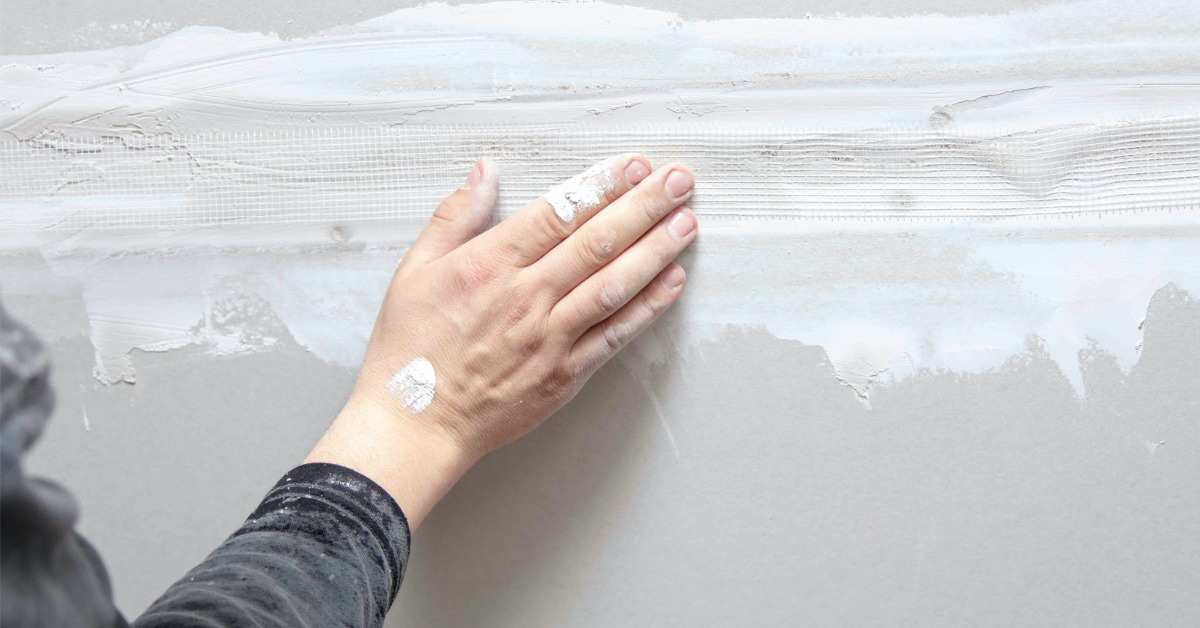
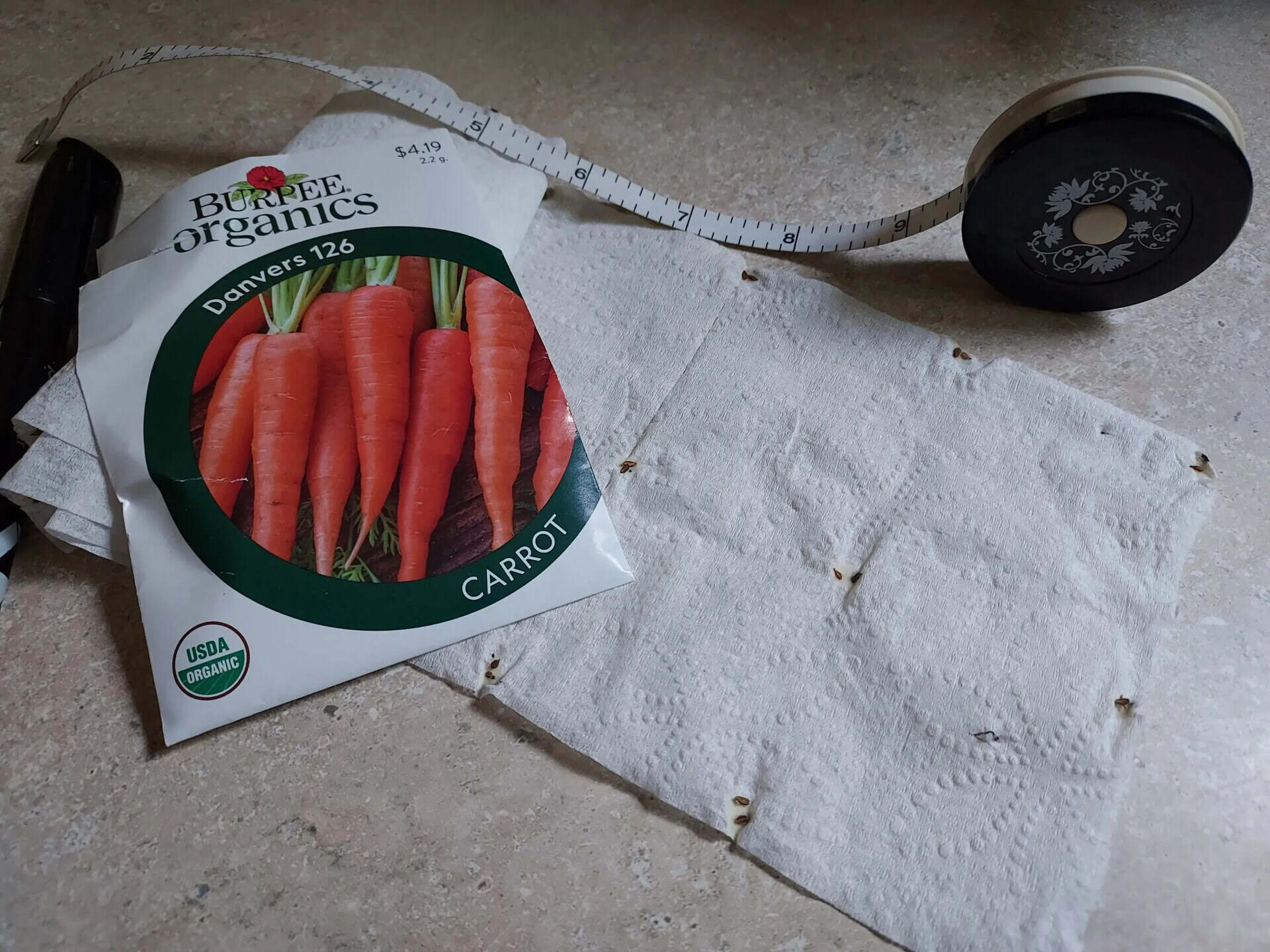
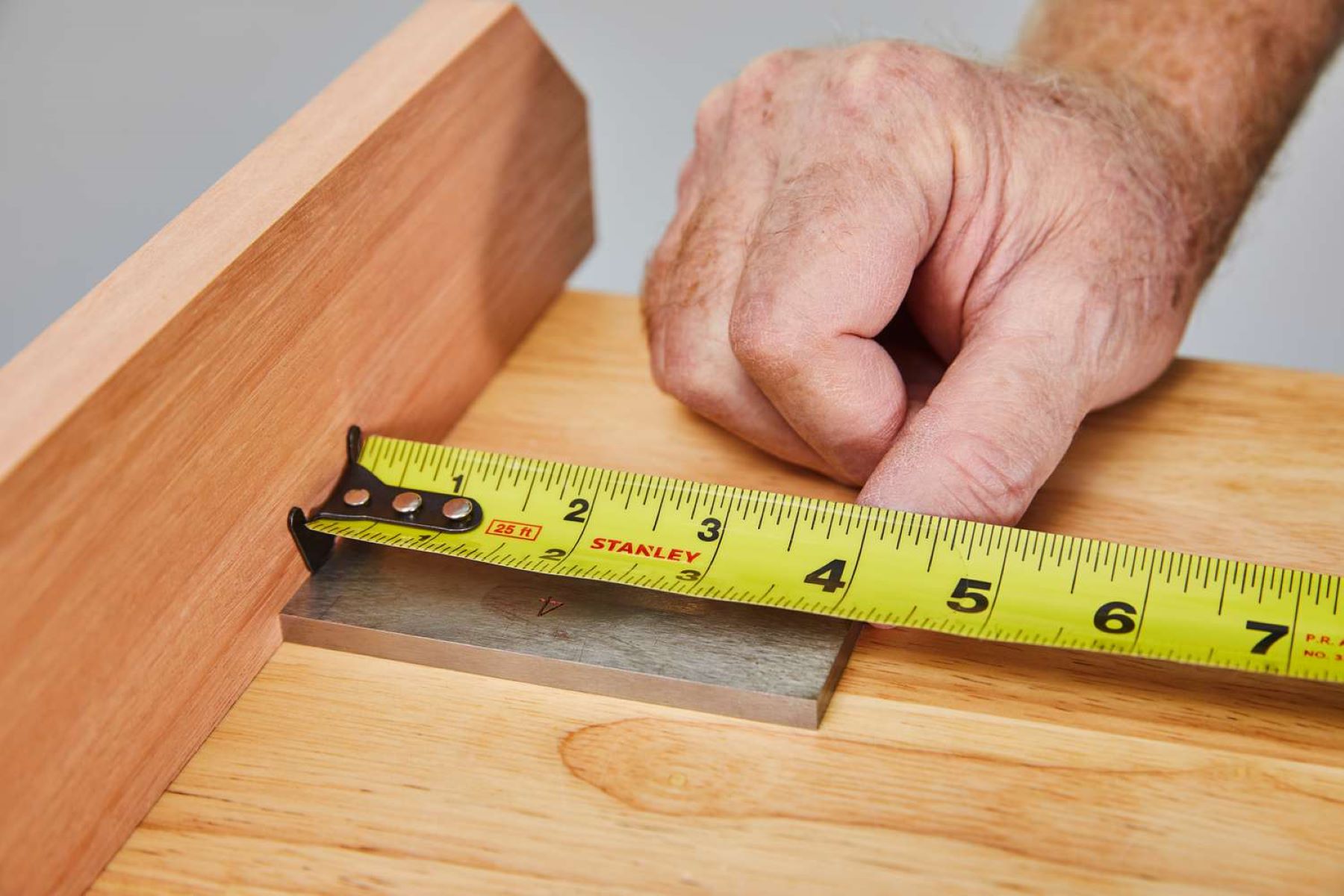
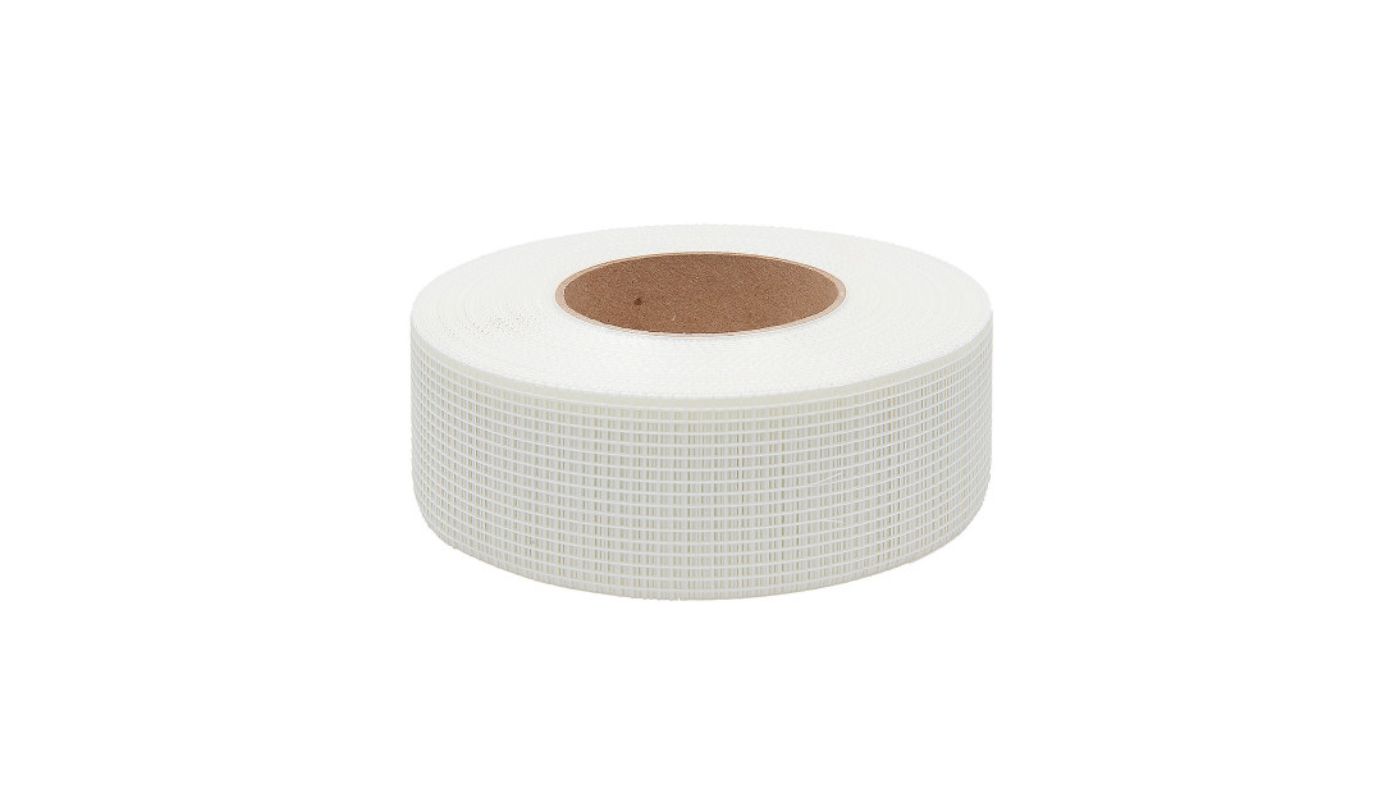
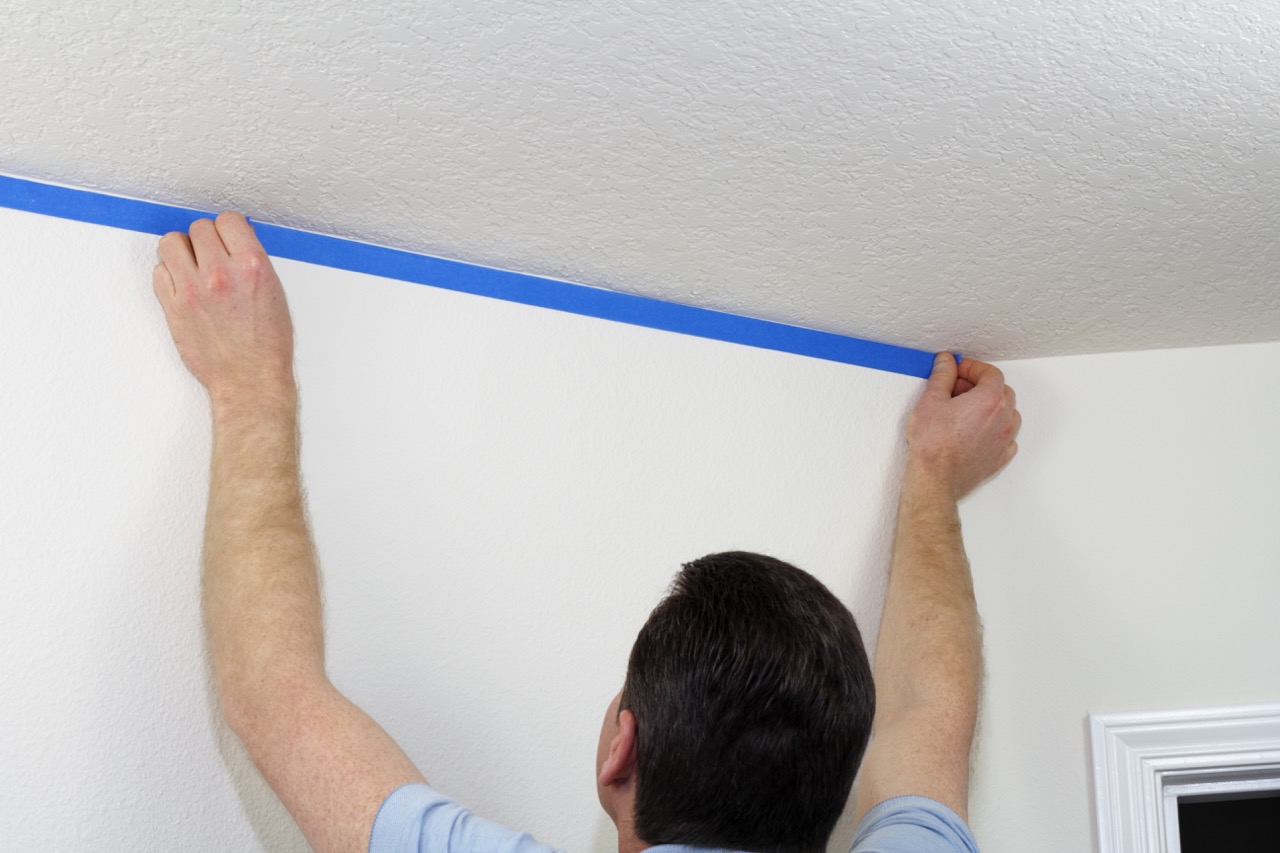
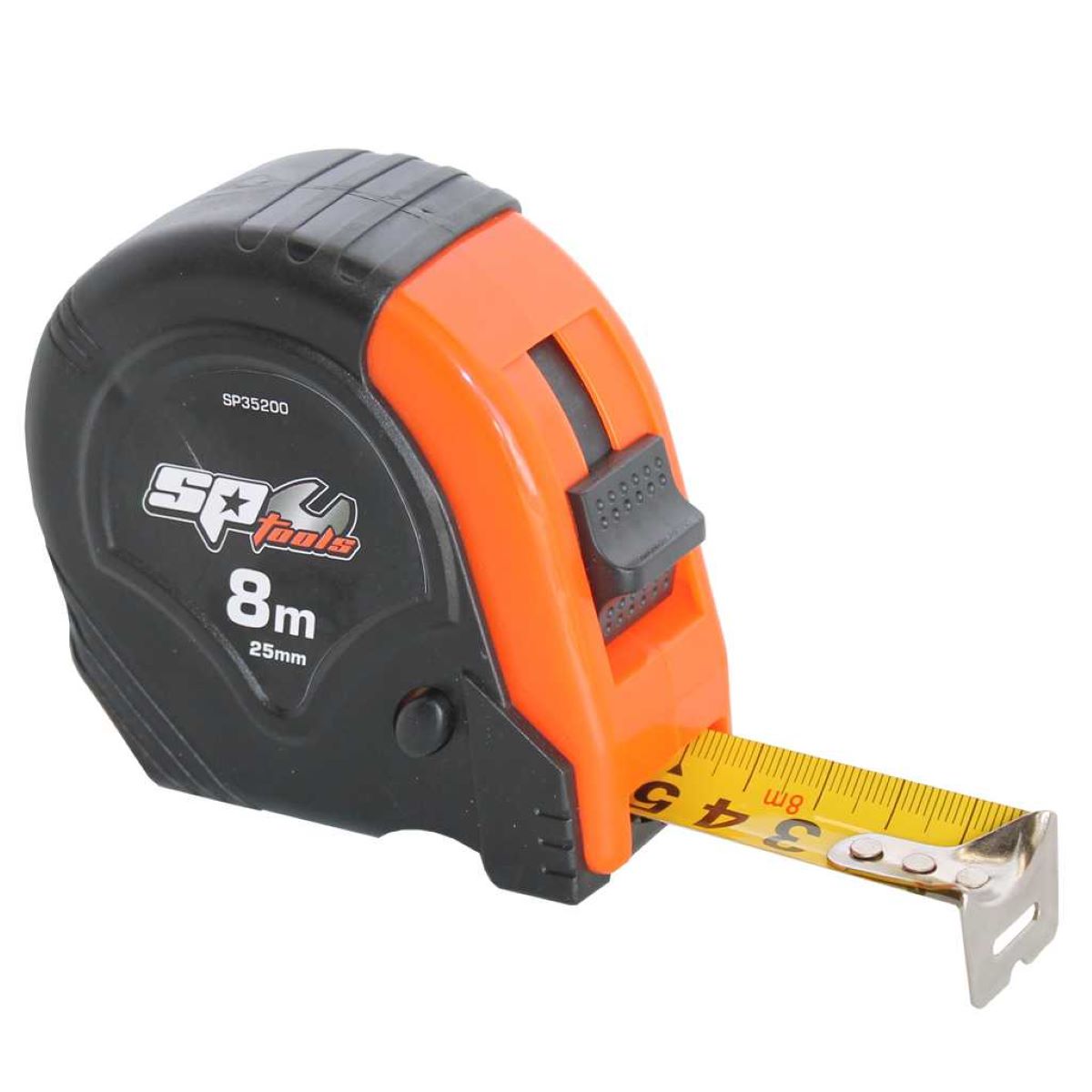
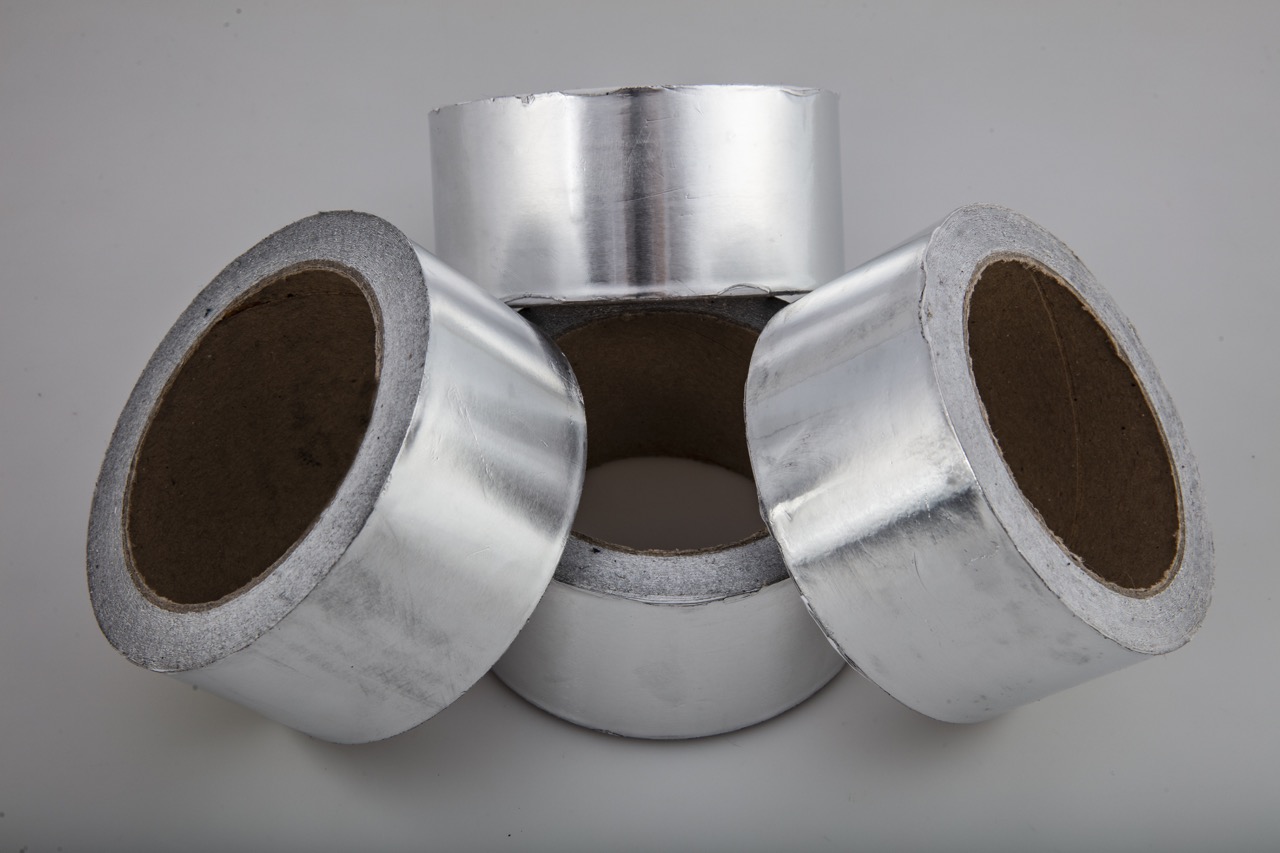
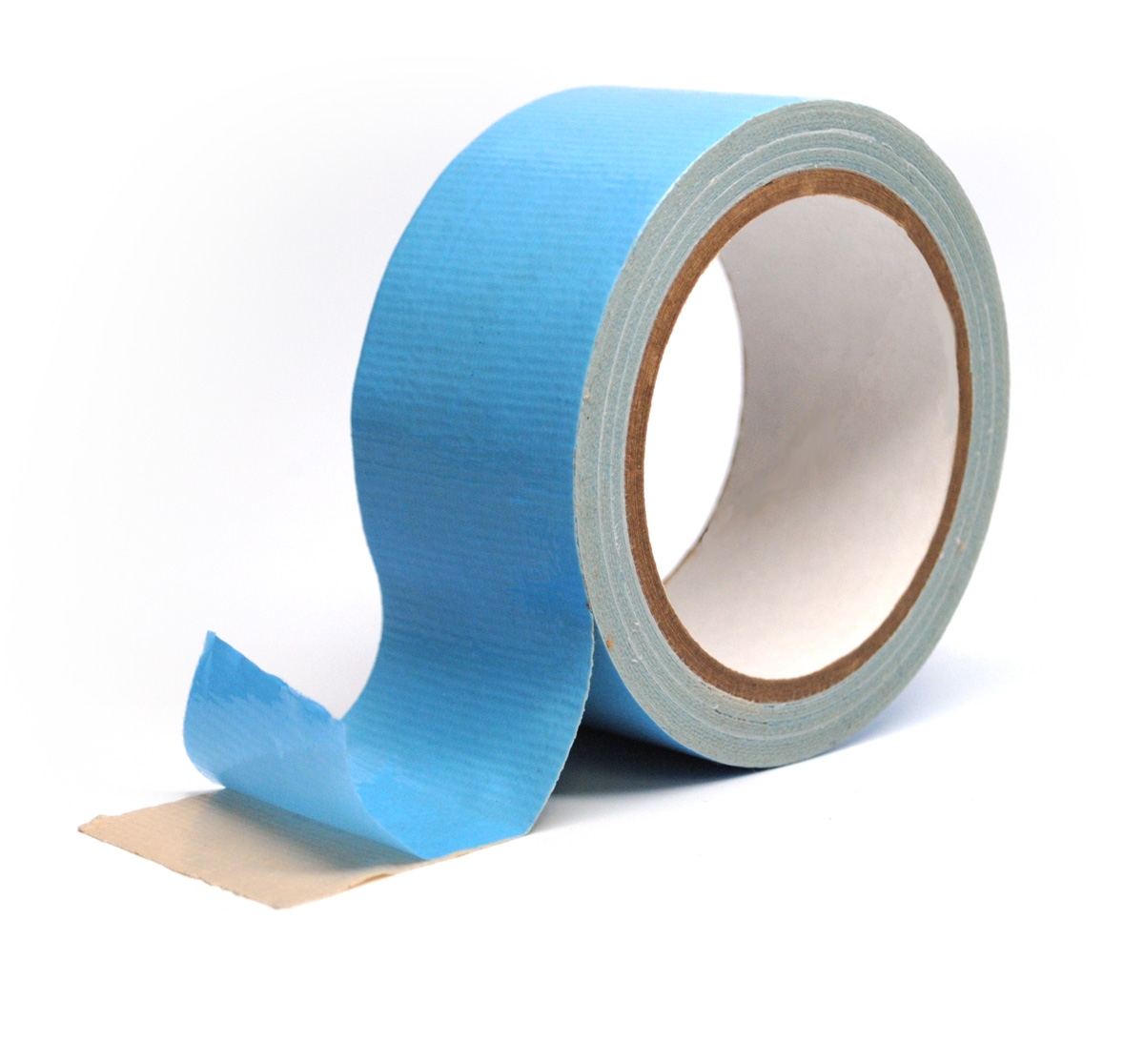
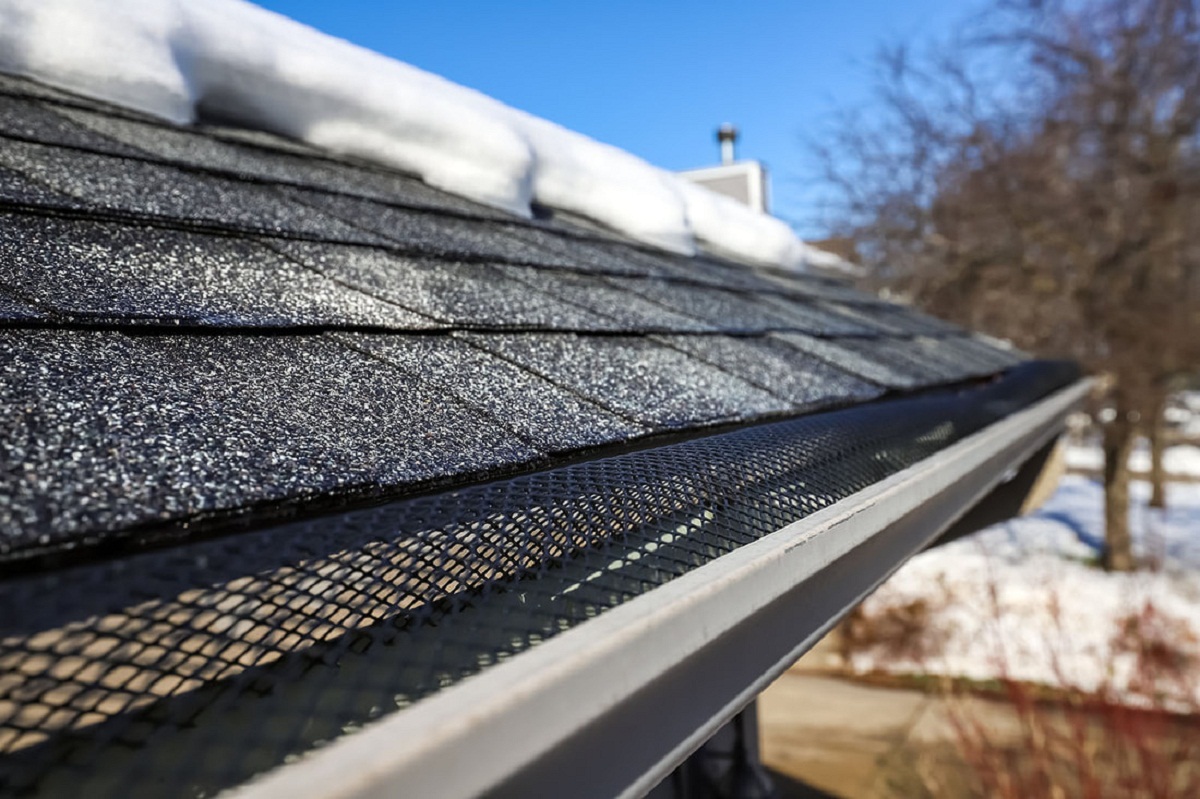

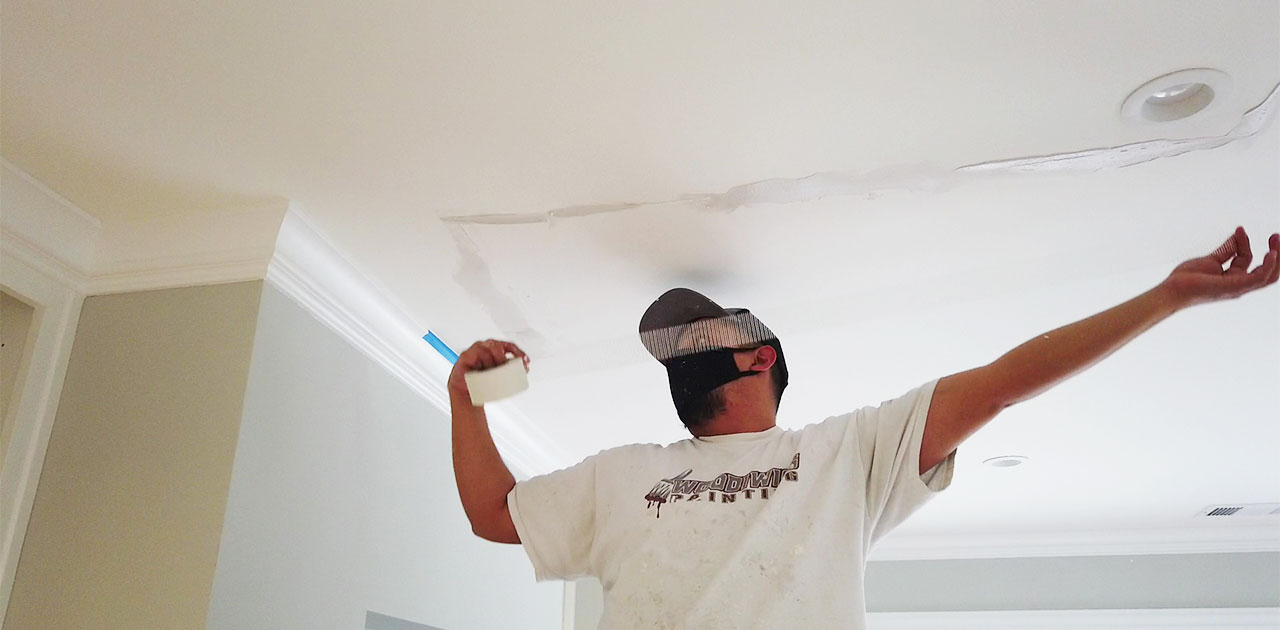



0 thoughts on “How To Store Vhs Tapes”